The boy kneels, chin on his chest, clutching a book. At the crest of a knoll above him, Roberto Mighty positions his video camera and shoots some footage, then halves the distance between himself and the Frank Ernest James memorial— this boy is stone, not flesh—for a closer shot. Sweat spangles Mighty’s face in the sunlight, but no mind: he is absorbed by this memorial in Cambridge’s Mount Auburn Cemetery.
“I find it heartbreaking,” he says of the piece, one of many gravestones at Mount Auburn that serve as grim reminders of the rampant child mortality at the time of the cemetery’s 1831 opening.
There are many artists-in-residence at Mount Auburn; the painter Winslow Homer, poets Henry Wadsworth Longfellow and Amy Lowell, and novelist Bernard Malamud are among those buried here. Mighty (CAS’76), too, is an artist-in-residence—apparently the only officially designated one at an American cemetery. Neither officials at Mount Auburn, nor at the American Institute of Commemorative Art, nor at two other prominent burial grounds—Arlington National Cemetery and Boston’s Forest Hills Cemetery—know of any other artist with Mighty’s position. Although at least two Canadian cemeteries have artists-in-residence, and Britain appointed its first last year, the position appears to be a novel one in the United States.
During his appointment, which lasts through 2015, Mighty will produce a multimedia project of video and film, still photography, music, and other audio to be displayed in Mount Auburn’s visitors center. His work will cover the iconography and physical environment of the cemetery, along with the stories of perhaps 15 people buried here during the last two centuries. Candidates include Julia Ward Howe, who wrote “The Battle Hymn of the Republic”; Dorothea Dix, the 19th-century mental health care reformer; George Angell, founder of the Massachusetts Society for the Prevention of Cruelty to Animals; and Harriet Jacobs, who wrote one of the first accounts of female slaves.

Mighty is especially moved by Mt. Auburn Cemetery’s memorials to dead children.
Mighty aims to portray more than just the notable people buried at Mount Auburn. He also wants to showcase the beauty of an iconic place designed to blunt death’s sorrow. At its consecration, Mount Auburn was the first cemetery in the country with a landscaped garden, a departure from traditional graveyards.
The cemetery attracts more than 200,000 visitors each year. Before the project, Mighty’s only visit had been for an acquaintance’s funeral. Now, few people rival his intimacy with these 174 acres, which he scours for compelling sights and sounds. It’s a daunting challenge, and not just because of the acreage; he must take care not to tramp on any of the 98,000 graves or touch the often-fragile tombstones.
Mighty is here before dawn, and sometimes overnight, when the only other living creatures are coyotes and wild turkeys. Their sounds can be creepy, he confesses, but otherwise, he finds this abode of the dead tranquil. “Part of the reason this cemetery was built was to achieve a triumph over the gloom of death,” Mighty says. “It was consecrated for that purpose, to make it a garden where people would stop thinking of death as gloomy and see in it the possibility of rebirth.”
Mighty’s love of the outdoors is the product of a childhood spent partially in Alaska, where camping, hiking, and fishing were integral to growing up. He honed his passion for storytelling at BU, where he majored in history. “Most of my art projects involve history,” he says. “Taking pretty pictures is just one part of my project. What’s really important to me is the interpretation of everything we have here” at Mount Auburn. The interpretation offered by his project will depend on the individuals he selects, for through their stories, he says, you glimpse the story of the United States.
“I’ve seen headstones that have Stars of David,” he says. “There are people buried here of Armenian extraction; there are African Americans; there’s a headstone of a Persian woman.”
The many children buried here tell Mighty, a father himself, yet another story. A 10-foot obelisk for the Noll family stands amid a cluster of tombstones. One of the Noll children died at age four and another, at one.
“The fact that this family would have two children dying that young seems somehow inappropriate and wrong,” Mighty says. “Well, right now, in some parts of the world, people don’t have access to common medications. There are children dying due to malnutrition. So I think these aspects of the human condition haven’t changed.”
The one certainty is that we all must perish, and Mount Auburn’s founders put a lot of thought into the design to dignify life’s inevitable end, Mighty says. He falls silent in this still place outside Boston, where thousands are going about their lives. Then, he raises his camera and sets off among the voiceless monuments to the departed.


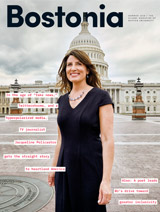




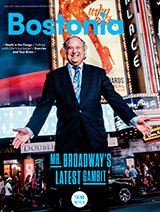

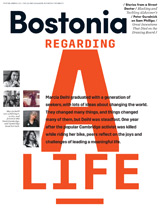
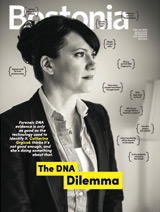
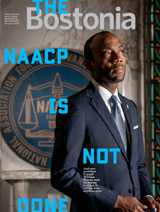
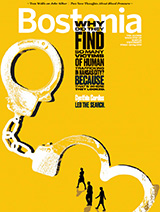



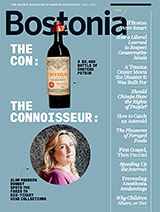
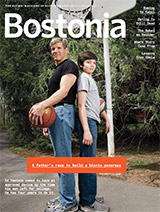


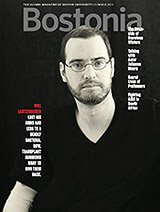
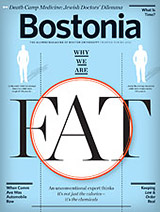

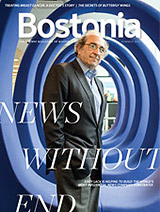






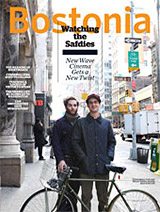






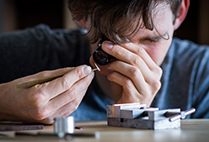


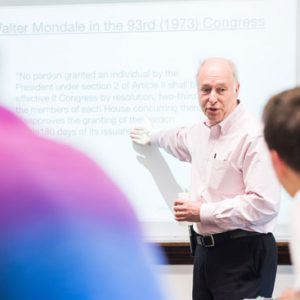
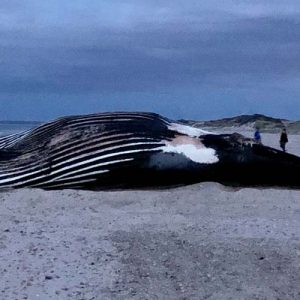

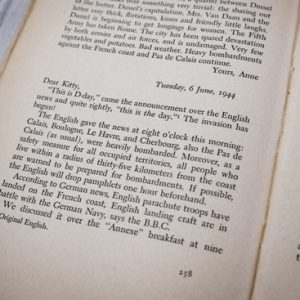
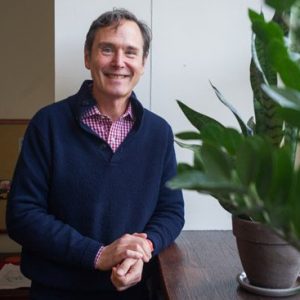




Dear Rich,
I enjoyed your article and have met Roberto at a lecture Meg Winslow gave at the New England Geneological society earlier this year.
I do have a correction on your facts about artists in residences in cemeteries.
I was artist in residence at Grace Church Cemetery in Providence where I was provided with the keepers house as my studio from 2005-2010. During that time I received both Ri humanities and arts grants for work I did on bringing artwork and history of the cemetery to the greater community. Some of this work is presently on exhibit in Berkeley California. http://www.care-gtu.org/#!doug-adams-gallery/c1n68